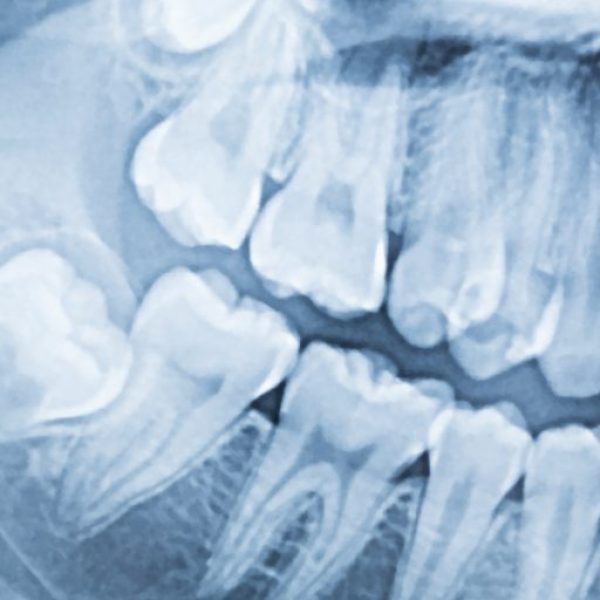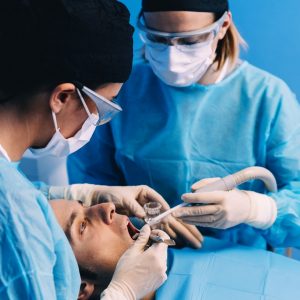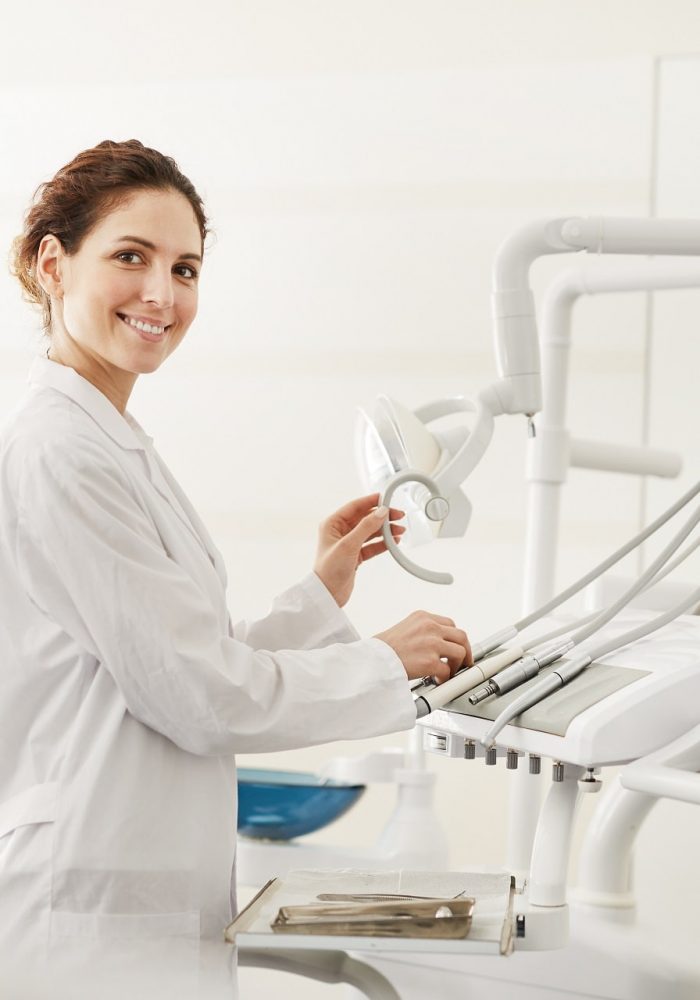- Shop 10 Arena Shopping Centre Officer Victoria 3809
- arenafdreception@gmail.com
- 0387897953


Smile mock-up
Wisdom Teeth Removal
Wisdom teeth, also referred to as the “third molars”, are as important as other teeth, but more prone to problems during their eruption (breaking through the gum tissue). Since wisdom teeth are the last to erupt — usually between the ages of 17 and 21 — there often is little room left in the mouth. As a result, they may erupt sideways, only partially, or become trapped (impacted), leading to pain, infection, and gum line and facial swelling. When any of these conditions arise, your dentist may determine that extraction is necessary.
Clear your doubts
Wisdom Teeth RemovalWisdom Teeth Removal
- Pain
- Bleeding
- Swelling
- Persistent sinus opening
- Lower lip numbness
Your Care
Extraction Recovery
Recovery takes approximately five to seven days, with the gum area being fully healed in approximately three to four weeks. If the jaw is damaged during extraction, full recovery may take up to six months. Once you have undergone the surgical extraction procedure, there are several steps to take to ensure proper healing and recovery from the procedure. During the first 24 hours after removal, you can expect some bleeding. To control bleeding, a moist, clean piece of gauze can be placed over the extraction site. Biting pressure applied for 45 minutes should stop the bleeding. A teabag also is an effective alternative to gauze to prevent bleeding, with the added benefit of tannic acid, which assists in clot formation. If heavy bleeding occurs for an extended time, contact your oral surgeon or dentist. Stitches may be used during your procedure if the wisdom tooth is impacted and must be removed from under the surface of the gum line. If the stitches are not selfdissolving, they will need to be removed postoperatively. Your dental surgeon will discuss with you whether or not you need to return to the dental office to have them removed. Facial swelling also is expected after extraction. To relieve swelling, wrap ice in a cloth and apply it to the swollen facial area. Ice should be applied for 10 minutes and removed for 20 minutes, then repeated. This cycle can be repeated as often as necessary during the first 24 hours following removal. For pain and discomfort, over the counter medications such as acetaminophen or ibuprofen may be used. Your dental surgeon may prescribe prescription pain relievers, if necessary. Antibiotics also may be prescribed prior to the procedure to clear any infections of the tissue surrounding the wisdom teeth. After extraction, it is important to continue taking the medication to prevent any further or additional infection.
- Floss at least twice a day
- Visit your dentist annually
- Do not bite your nails


Aftercare
- Do not rinse your mouth for the first 24 hours immediately following a tooth
extraction - Stick to a soft or liquid diet (milk, ice cream, mashed potatoes, pudding)
the day of and the day after a tooth extraction, gradually progressing to
eating other easy-to-chew foods. Chew with teeth that are far from the
extraction site. - Brush and floss the other teeth as usual, but avoid the teeth and gum next
to the extraction socket. - After the first 24 hours, gently rinse the socket with warm salt water (1/2
teaspoon of salt in a cup of water) after meals and before bed. Repeat this
process for at least five days following extraction.
Modern Prosthetics
Pros & Cons of Removal
The dental community knows more than ever before about the consequences of not extracting impacted wisdom teeth. If impacted wisdom teeth are not extracted, the following may occur: Teeth Shifting: Impacted wisdom teeth may shift surrounding teeth, causing bite irregularities and pain. Bone Loss and Jaw Expansion: Impacted wisdom teeth may play a role in bone loss and expansion of the jaw. Congestion: Wisdom teeth may contribute to sinus congestion and headaches. Cysts and Tumors: Impacted wisdom teeth may be a factor in the development of bone destroying tumors or cysts, including cyst formation in the surrounding gum tissue. Gum Tissue Irritation: Gum tissue surrounding impacted wisdom teeth tends to be more susceptible to gum irritation. If wisdom teeth do not fully erupt and become crooked, it may become difficult to adequately clean the gums.
How Much Does Wisdom Teeth Removal Cost?
We charge anywhere between $300 – $450 per wisdom tooth depending on the difficulty of the extraction of the tooth or if it’s a surgical extraction or a simple one. If we refer patient to an oral surgeon, their charges are lot higher than ours and even can go upto $1500-$2000 if done under sleep.
Periodontal Pockets, Cavities and Bone Loss:
Difficulty cleaning gums makes it easy for debris to be lodged, creating the perfect setting for bacteria. The resulting bacteria may produce periodontal pockets, create cavities and lead to bone loss.
Changes in Orthodontia and Dentures:
For children, wisdom teeth may adversely affect the results of orthodontia. For the elderly, wisdom teeth may undermine the functionality of dentures
A Perfect Smile
The Advantages of Keeping your Wisdom Teeth
Wisdom teeth have advantages as well. For example, they can provide support for a dental bridge, or fill in the space left by a missing molar. Furthermore, some scientists believe that wisdom teeth may serve as a future stem-cell source for the development of new teeth.
Dry Socket
Dry socket is caused by improper formation or premature loss of the blood clot in the extraction site; it can be quite painful and results in delayed recovery. To prevent dry socket, avoid smoking cigarettes and using straws for as long as possible after extraction. Because high estrogen levels lead to higher incidences of dry socket, it is recommended that women schedule extractions toward the end of their menstrual cycle when estrogen levels are lower to reduce the associated risk. Dry socket may also occur due to improper diet following extraction. Foods such as popcorn, nuts and pasta should be avoided for at least three or four days after extraction because their food particles can interfere with the clotting process. Hot liquids and foods also should be avoided, since the heat may cause the clot to dislodge.
To Extract or Not to Extract?
Dentists previously determined whether to remove wisdom teeth using the only diagnostic tool they had at their disposal: a dental examination. Dentists may use one or more dental technologies during a dental examination to diagnose the necessity for a wisdom tooth extraction (such as panoramic and digital X-rays). These technologies can help determine candicacy for extraction and the best means to approach the procedure. They are also used to help identify additional risks that may impact your dentist’s approach to the procedure, such as the anatomical features of the tooth and surrounding structures. The complication risks associated with extraction for people over 35 are greater than those of younger candidates. People over 50 faced with extraction are at a greater risk of complications because the bone fuses to the teeth as we age. There is also a risk of numbness in the extraction area. Ultimately, if you wait to remove wisdom teeth until there is cause for medical concern, the risk for all complications increases. Today, dentists often recommend removing potentially problematic wisdom teeth by age 18
Invisible device
Lorem ipsum dolor sit amet, consectetur adipiscing elit. Ut elit tellus, luctus nec ullamcorper mattis, pulvinar dapibus leo.
schedule your appointment
required technology and professional expertise
We do Complete and Partial dentures to replace missing teeth.
- Address: Cardinia Lakes Dental Care 1/2 Pacific Promenade Pakenham, Vic 3810
- Phone: 5925 7733
contact us
Schedule your evaluation right now!
Recover the will to smile with freedom and comfort
